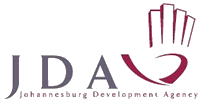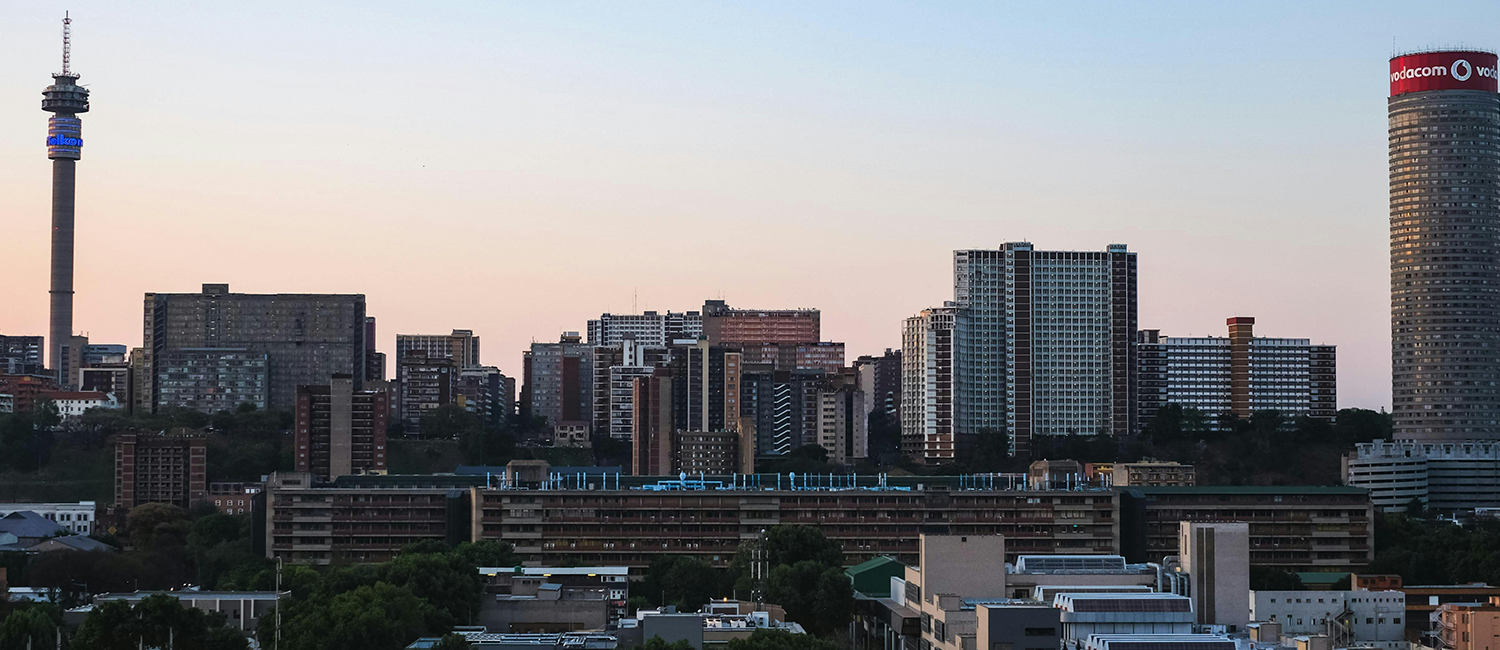PUBLIC transport in Johannesburg has long been a concern. The City of Johannesburg has invested in trying to change this, though, with the introduction of the Gautrain and Rea Vaya Bus Rapid Transit system.
Now its residents are getting involved in the action. A concept called A Challenge to Move en Masse was created to get people thinking about urban transportation. An intervention and workshop was hosted at Museum Africa on 19 March to involve the wider population in using public transport and thinking about issues surrounding it.
It was organised by artists Anthea Moys and Bronwyn Lace, in association with Such Initiative, Thandi O’Hagan and the Johannesburg Development Agency.
The workshop served as a trial run and research platform for the bigger idea of a Metro Mass, which would involve 5 000 people who don’t usually use taxis, commuting by them for a day. It functioned as part of the Our Cities Ourselves exhibition. People were challenged to take public transport to the museum for the workshop, whereafter they discussed how to go about getting over 5 000 people to use public transport on one day.
“Firstly, we were able to establish just how much of a challenge this was,” Lace said. “We had had many positive responses to the idea and many people confirming participation, but on the actual day, potentially due to bad weather, we had only a handful of suburbanites arrive.”
Public transport
Actual turnout was 25 people, with many of the participants comprising city dwellers used to catching public transport.
“The low numbers did, however, allow us to interact in an in-depth way, and we gathered information and ideas towards the future of this project,” she said. “These involve everything from how to overcome perceptions and inspire people to how to actually make public transport more accessible and usable in the long run.”
It revealed the numerous challenges and benefits of embarking on this type of project; the benefits outweigh the difficulties as more people using public transport will address environmental, social and political concerns, Lace believes.
“Part of our main target market is people who live outside of the city and generally travel by car.” Implementing a mass project will work in these people’s favour as it will cut the costs of travelling, possibly even travelling time, and help to eliminate congestion on the city’s roads.
“These people are not the most likely to participate, but that is our challenge,” she said.
“One of the biggest challenges is breaking the habits of the middle class. We learned that many people in South Africa associate driving one’s own car with success and class. For most, using public transport is a necessity, not a choice.”
Combining breaking habits with debunking myths and fears associated with using public transport are their most demanding challenges, according to Lace. They hope to do this by building on the research they have already completed, and using local gazettes and radio stations to garner support.
Climate change
The team feels that publicising the benefits that the project offers will encourage residents to participate. “We feel it could also be a key to stimulating more and more integration and interaction between class and race groups,” Lace said.
It will also bring more people into the inner city and revive the street culture, organisers hope.
The first phase was in August 2010, when Moys and Lace initiated the En Masse programme. This was inspired by the global exhibition 350.org, which was an initiative to raise awareness of climate change.
Lace and Moys held the first segment of the project at The Bag Factory on Mahlatini Street in Fordsburg. “We had 49 individuals participating in a series of interdisciplinary conversations about stimulating the creation of public space and fertile spaces for interaction and performance in the city,” Lace said.
An exhibition detailing what had been discussed was created at the end of the project; it consisted of edited versions of the 24 hours of brainstorming in audio, video, photographic and wall text.
“We invited these participants to continue the discussions with one another after the exhibition and to send us their ideas by January 2011. Such Initiative, made up of Usha Seejarim and Hannelie Coetzee, got together with Thandi O’Hagan and proposed the Metro Mass idea,” she said.
“The Our Cities Ourselves exhibition was on simultaneously, so Anthea and I put these things together as a way of generating the necessary research and interest in getting such a product off the ground.”
Metro Mass is still in the planning phase and although no date has been set, Lace confirmed that it would definitely take place in the second half of 2011.
It is also only one of many En Masse events to follow, according to Lace.

